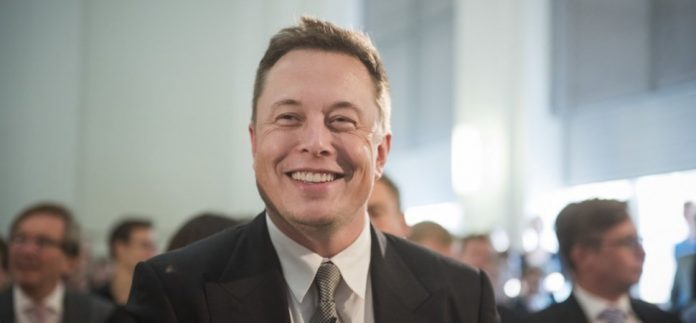Goodbye rising bond yields. Hello, tech resurgence.
The tech-heavy Nasdaq Composite is up big this morning as Treasury yields continue to retreat. The S&P and Dow are up, too, albeit not nearly as much.
Big Tech names, in particular, came roaring back. Tesla (NASDAQ: TSLA) shot over 5% higher in response to the rate drop and a major price target hike. Cathie Wood, founder of ARK Investment Management and creator of her firm’s proprietary ARK Innovation ETF (NYSE: ARKK), says TSLA shares should quadruple over the next four years.
“Last year, ARK estimated that in 2024 Tesla’s share price would hit $7,000 per share, or $1,400 adjusted for its five for one stock split,” read an article from ARK, published over the weekend.
At present, TSLA trades for roughly $690 per share.
“Based on our updated research, we now estimate that it could approach $3,000 in 2025.”
The article continued:
“To arrive at this forecast, ARK used a Monte Carlo model with 34 inputs, the high and low forecasts incorporating 40,000 possible simulations.”
In ARK’s most bearish simulations, analysts concluded that TSLA would hit $1,500 per share by 2025. The most bullish ones produced a price of $4,000 per share.
So, to Wood and her colleagues, there’s virtually nothing to lose. Even in a worst-case (most bullish) scenario, TSLA would still more than double over the next four years.
And, if the Fed keeps its foot on the gas (while simultaneously squashing rates), that might just happen.
“After the reopening exuberance fades and interest rates level off, investors will rotate back into large cap technology stocks with strong free cash flow, recurring revenues and increasing user penetration,” noted Richard Saperstein, chief investment officer at Treasury Partners.
Wells Fargo Wealth and Investment Management CIO Darrell Cronk agrees, adding that a bullish multi-year cycle may be getting started.
“If you went down the list and started putting boxes of check-check-check-check, you would look at this in a vacuum […] and say it looks like an early recovery cycle that’s roughly a year in that probably has a number of years yet to run,” Cronk said.
Inflation’s likely to rise during that time, too. Some analysts worry that it will soon spiral out of control as aggressive fiscal policy floods the West with additional doses of easy money.
However, Goldman Sachs strategist David Kostin doesn’t see inflation sparking any sort of immediate crisis.
“Like the Fed, our economists forecast a transient rise in core PCE [personal consumption expenditures] inflation this spring as a result of short-term factors including the base effect of weak inflation in 2020,” Kostin said.
“Although inflation will likely recede to 2.0% in 2022, investors will fear the above-target inflation may persist and could lead to further upward pressure on interest rates.”
Regardless of how investors feel about inflation, they all can agree upon one thing:
Higher rates would threaten the bull market.
So, even if the U.S. is truly in an “early recovery cycle” like Cronk believes, that doesn’t mean all the bearish pressures will evaporate because of it. Treasury yields could still spike unexpectedly. Many forces are pushing and pulling on the market.
Eventually, something’s going to break.
And when it does, the selling that follows will be tough for most traders to stomach.
At least, until the Fed steps in saves the day (as usual), loading up its balance sheet via another massive wave of Treasury buying.








